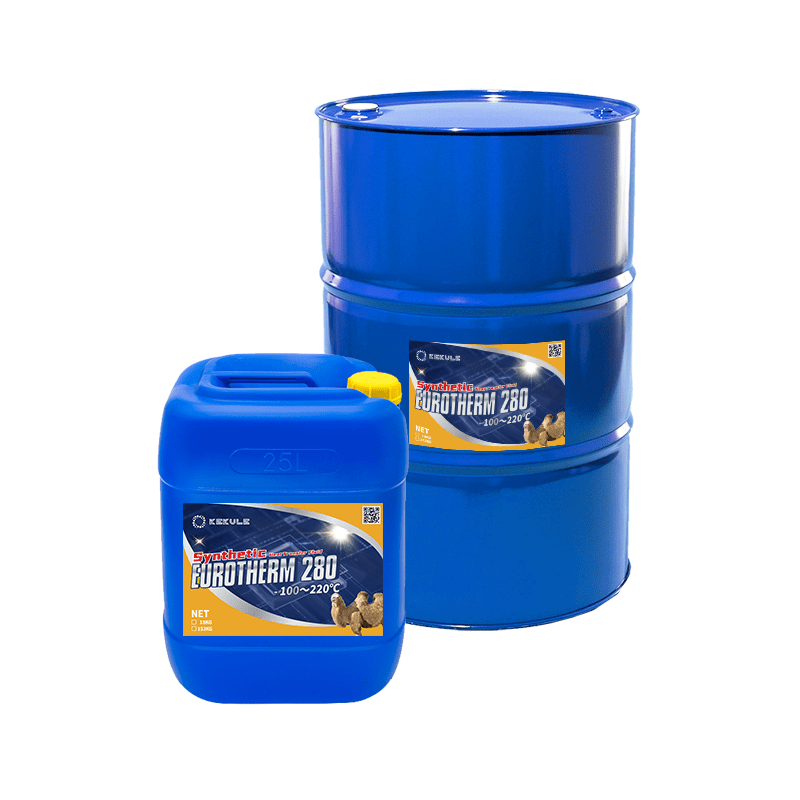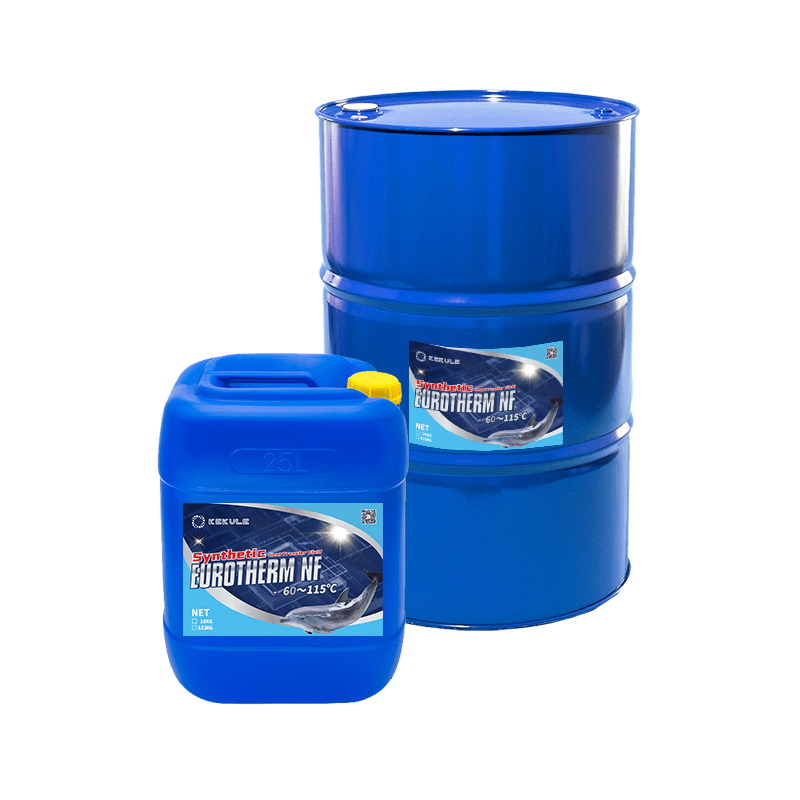Chemie - An Overview
Chemie - An Overview
Blog Article
Excitement About Chemie
Table of ContentsChemie Fundamentals ExplainedWhat Does Chemie Mean?The 7-Second Trick For ChemieThe 5-Minute Rule for ChemieThe 7-Minute Rule for Chemie9 Easy Facts About Chemie Shown
By Bojanna Shantheyanda, Sreya Dutta, Kevin Coscia and David SchiemerDynalene, Inc. Fluid air conditioning, which can be attained utilizing indirect or direct methods, is utilized in electronics applications having thermal power thickness that may exceed risk-free dissipation via air cooling. Indirect liquid air conditioning is where warmth dissipating electronic parts are literally divided from the fluid coolant, whereas in case of straight air conditioning, the parts remain in direct contact with the coolant.In indirect air conditioning applications the electric conductivity can be vital if there are leakages and/or splilling of the fluids onto the electronic devices. In the indirect air conditioning applications where water based liquids with rust preventions are typically used, the electrical conductivity of the liquid coolant primarily relies on the ion focus in the liquid stream.
The rise in the ion concentration in a shut loop fluid stream may occur because of ion leaching from steels and nonmetal components that the coolant liquid touches with. Throughout operation, the electric conductivity of the fluid may increase to a level which can be damaging for the air conditioning system.
Chemie - Questions
(https://triberr.com/chemie999)They are grain like polymers that can trading ions with ions in a solution that it touches with. In the here and now job, ion leaching examinations were executed with various metals and polymers in both ultrapure deionized (DI) water, i.e. water which is treated to the highest degree of purity, and reduced electric conductive ethylene glycol/water mix, with the determined adjustment in conductivity reported gradually.
The examples were permitted to equilibrate at area temperature level for two days before recording the initial electrical conductivity. In all tests reported in this research fluid electric conductivity was measured to a precision of 1% making use of an Oakton disadvantage 510/CON 6 collection meter which was calibrated before each dimension.
The 6-Minute Rule for Chemie
from the wall home heating coils to the facility of the heater. The PTFE sample containers were placed in the heating system when stable state temperatures were gotten to. The examination setup was gotten rid of from the heater every 168 hours (7 days), cooled to room temperature level with the electrical conductivity of the liquid determined.
The electric conductivity of the liquid sample was checked for a total of 5000 hours (208 days). Schematic of the indirect closed loop cooling experiment set up. Elements utilized in the indirect closed loop cooling down experiment that are in contact with the liquid coolant.

The Greatest Guide To Chemie
Throughout operation the liquid storage tank temperature was preserved at 34C. The change in liquid electrical conductivity was checked for 136 hours. The fluid from the system was accumulated and kept. Likewise, closed loop test with ion exchange resin was performed with the exact same cleansing procedures utilized. The first electrical conductivity of the 230ml UP-H2O in the system measured 1.84 S/cm.

0.1 g of Dowex material was contributed to 100g of liquid samples that was absorbed a separate container. The combination was mixed and change in the electrical conductivity at area temperature level was measured every hour. The measured change in the electrical conductivity of the UP-H2O and EG-LC examination liquids having polymer or metal when involved for 5,000 hours at 80C is revealed Figure 3.
Some Of Chemie
Ion seeping experiment: Measured adjustment in electric conductivity of water and EG-LC coolants having either polymer or look at this web-site steel samples when submersed for 5,000 hours at 80C. The outcomes indicate that steels added less ions right into the liquids than plastics in both UP-H2O and EG-LC based coolants.
Fluids containing polypropylene and HDPE showed the least expensive electrical conductivity adjustments. This can be due to the brief, rigid, straight chains which are much less most likely to add ions than longer branched chains with weak intermolecular pressures. Silicone also executed well in both test liquids, as polysiloxanes are usually chemically inert due to the high bond energy of the silicon-oxygen bond which would certainly avoid degradation of the product into the fluid.
Chemie Things To Know Before You Buy
It would certainly be anticipated that PVC would certainly generate comparable results to those of PTFE and HDPE based on the similar chemical frameworks of the materials, nonetheless there may be various other impurities existing in the PVC, such as plasticizers, that might impact the electric conductivity of the liquid - silicone fluid. Furthermore, chloride teams in PVC can likewise seep right into the test fluid and can trigger a rise in electrical conductivity
Polyurethane totally degenerated right into the test fluid by the end of 5000 hour examination. Before and after pictures of metal and polymer samples submersed for 5,000 hours at 80C in the ion seeping experiment.
Calculated modification in the electric conductivity of UP-H2O coolant as a function of time with and without resin cartridge in the shut indirect cooling loop experiment. The measured change in electric conductivity of the UP-H2O for 136 hours with and without ion exchange material in the loop is revealed in Number 5.
Report this page